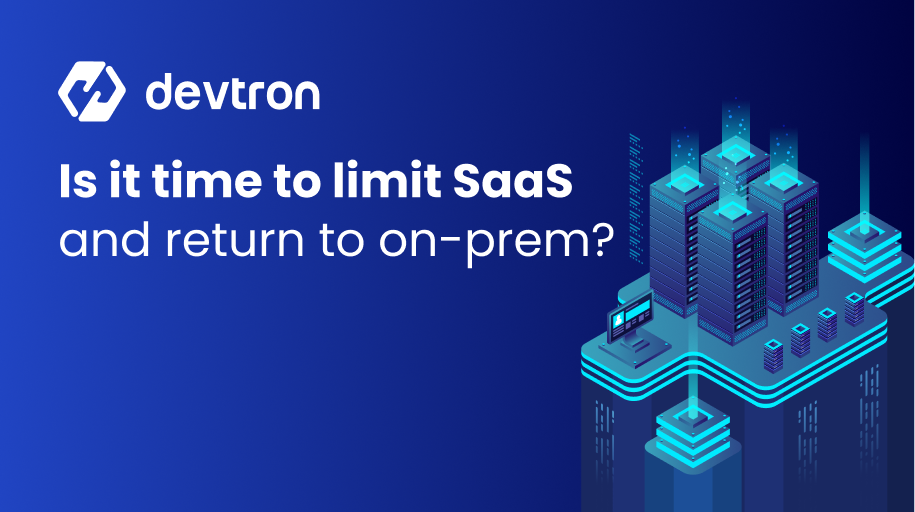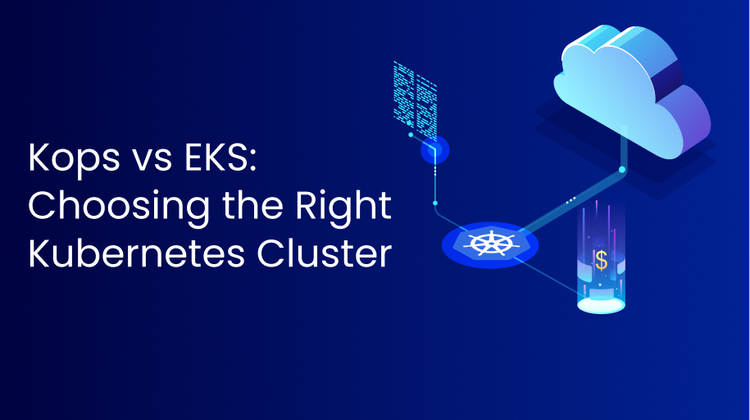Usage of Software as a Service (SaaS) solutions has become a standard practice for companies across most industries. With promises of scalability, flexibility, and cost-efficiency, businesses of all sizes have been quick to adopt SaaS solutions for a range of needs, from customer relationship management (CRM) to data analytics. However, a recent discussion sparked by an article on The Hacker News titled "The SEC Won't Let CISOs Be: Understanding Compliance Challenges" sheds light on the darker, often overlooked side of SaaS - security risks and regulatory compliance challenges that could potentially jeopardize the very backbone of a company's operation. Is it time to limit the use of SaaS for mission and business critical systems? This article explores the pros and cons of the SaaS and on-prem models.
The Appeal of SaaS: A Double-Edged Sword
SaaS platforms offer a number of benefits: they're accessible from anywhere, reduce the need for in-house IT infrastructure, and offer a pay-as-you-go model that can significantly lower upfront costs. However, this convenience comes at a price. The shared responsibility model of SaaS means that while the service provider manages the infrastructure and has a level of obligation for securing that environment, the customer still remains responsible for securing their data and must deal with the consequences of a breach. This can create a false sense of security among businesses that assume their data is automatically safe, leading to potential vulnerabilities and compliance nightmares.
- Relevant Pros: accessible from anywhere, reduce the need for in-house IT infrastructure, and offer a pay-as-you-go model that can significantly lower upfront costs
- Relevant Cons: shared responsibility model of SaaS means that while the service provider manages the infrastructure and has a level of obligation for securing that environment, the customer still remains responsible for securing their data and must deal with the consequences of a breach
Note: this was not an exhaustive list of pros and cons, but instead a list that is relevant to the discussion at hand.

The SEC's Stance: A Wake-Up Call
The Securities and Exchange Commission (SEC) has been vocal about its concerns regarding SaaS and cloud services, particularly in how they intersect with a company's compliance obligations. The article from The Hacker News points out that the SEC is increasingly scrutinizing how companies manage and protect sensitive data, with a keen eye on how Chief Information Security Officers (CISOs) navigate the complex landscape of cloud computing. This scrutiny underscores a critical point: companies cannot afford to be lax about their data security practices, regardless of where their data resides.
The Case for On-Prem: Control, Compete, & Comply
Given these concerns, it's worth questioning whether it's time for businesses, especially those handling mission-critical systems, to reconsider the SaaS model. On-premises (on-prem) solutions, where software and servers are housed within a company's own facilities (or even cloud-prem, where software is hosted on cloud infrastructure behind corporate firewalls), offer several advantages in this regard:
- Enhanced Control: On-prem systems give businesses full control over their data and the security measures protecting it. This control is crucial for companies in heavily regulated industries or those handling sensitive information, where the risk of a data breach could have devastating consequences.
- Cost-Effective Innovation: In an era where data is often likened to the new oil, controlling your data outright offers significant strategic advantages. On-prem data storage cuts costs on data transfer and enables companies to innovate internally without third-party constraints. This is a great way to efficiently leverage data for competitive advantage.
- Regulatory Compliance: Hosting data on-premises can simplify compliance with industry regulations and standards. Companies have direct oversight of how data is stored, accessed, and secured, making it easier to ensure compliance and respond to audits.

The Balanced Approach: A Hybrid Future?
While the benefits of on-prem solutions are clear, it's unrealistic to suggest a full-scale retreat from SaaS. The flexibility and efficiency of SaaS services are too valuable to dismiss outright. Instead, a hybrid approach may offer the best of both worlds. For mission-critical systems, such as software build and deploy (aka CI/CD), and sensitive data, on-prem solutions provide the necessary security and control. For less sensitive, more dynamic needs, SaaS can offer the scalability and innovation companies need to stay competitive.
Conclusion: Mindful Adoption Is Key
The conversation sparked by The Hacker News article is a reminder of the complexities and responsibilities that come with adopting SaaS solutions. As the SEC's scrutiny reveals, compliance and security in the cloud are not just IT issues - they're business imperatives. It's time for companies to take a more measured, strategic approach to SaaS, recognizing its benefits while being acutely aware of its risks. For mission-critical systems, it may well be time to consider a return to or reinforcement of on-prem solutions, ensuring that control, compliance, and security are not just buzzwords, but pillars of a company's operational foundation.
Devtron is an on-prem software delivery (CI/CD) solution for Kubernetes applications. It's ideally suited for the high level of scrutiny that the SEC is imposing upon CISOs and the companies they work for. Reach out to us today if you'd like to learn more.





